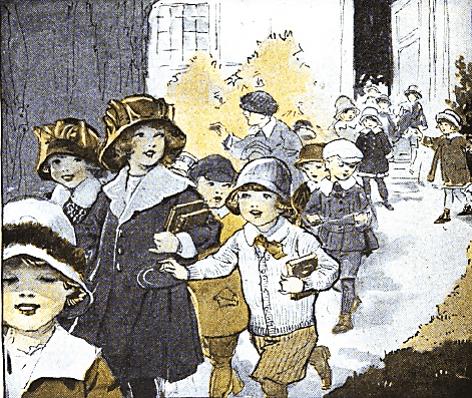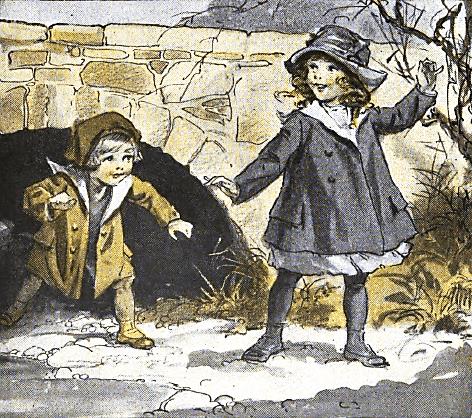 Peter and Polly Series
Peter and Polly
Peter and Polly Series
Peter and Polly



 Peter and Polly Series
Peter and Polly
Peter and Polly Series
Peter and Polly

Study the lesson for one week.
Over the week:
In the story, the children see that some of the liquid water in a puddle has changed into ice.
Activity 1: Narrate the Story
Activity 2: States of Matter
Objective:
Investigate three of the states of matter: solid, liquid, and gas.
Materials:
Ice cubes, cup, saucepan, plastic baggie.
Procedure:
Experiment 1: Frozen Water
Experiment 2: Melted Water
Experiment 3: Boiled Water
